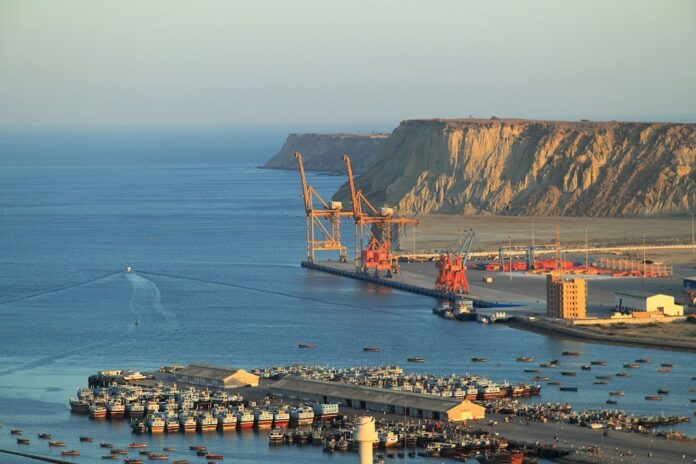ISLAMABAD: Minister for Board of Investment and Special Initiatives Chaudhry Salik Hussain on Thursday informed Senate the government has revived work on the multi-billion-dollar China-Pakistan Economic Corridor (CPEC) with full speed.
Responding to queries during questions hour in the Senate, Hussain said a long term plan is being considered into an implementation matrix on CPEC, adding that joint working groups are being convened to pave the way for the 11th Joint Cooperation Committee (JCC) meeting in this regard.
He claimed that Chinese investment decreased by 10 percent in the last two years of the last government. In a written response, the minister said the decrease in Chinese investments was due to various reasons, including the outbreak of Covid-19.
He said the pandemic caused a sharp decline in global economic activity. “As a majority of Chinese investments fall under the CPEC ambit, the economic disruptions and social restrictions caused by Covid-19 also impacted the pace of CPEC, thus impacting the overall Net FDI [Foreign Direct Investment],” he added.
The minister said the decrease in the inflows in the last two years is partly due to the conclusion of CPEC Phase-1 which has overall impacted the outlay of Chinese investments in Pakistan.
The minister claimed that during the previous government’s tenure, CPEC was not assigned priority in either allocation of resources or implementation.
Hussain said the establishment of the CPEC Authority created confusion and duplication in the functions of ministries and departments.
He said that most of the early harvest projects under the first phase of CPEC relating to power and infrastructure have been completed and CPEC has entered the second phase (2020-2025) which focuses on industrial cooperation which is a long-term endeavour and dependent on industrialisation through industrial relocation from China, particularly in the Special Economic Zone (SEZs).
Sites for nine SEZs were identified but not a single project was readied. In fact, work on five SEZs was never started.
He said the decrease in Chinese investments is also due to a decrease in the FDI inflows in the manufacturing sector, with electrical machinery (36.41 percent) and ceramics (63.83 percent) being the top two sectors with a major decline.
He said that despite all the aforementioned facts, the country-wise FDI data confirms that China has the largest share of foreign investment in Pakistan.
Replying to another question, the minister said that as per a State Bank of Pakistan (SBP) report, Net FDI has been recorded at $1,056.6 million during the first half (July-December) of the current financial year.
He said the same is 20.1 percent higher than the corresponding period of FY 2020-21 i.e. $879.7 million. “However, last ten-year trend shows that since the FY 2017-18 onwards Net FDI has decreased to date,” he said.
FDI from July to April 2021-22 has decreased, being $1,455.6 million as compared to the same period of the last FY 2020-21, being $1,480 million.























